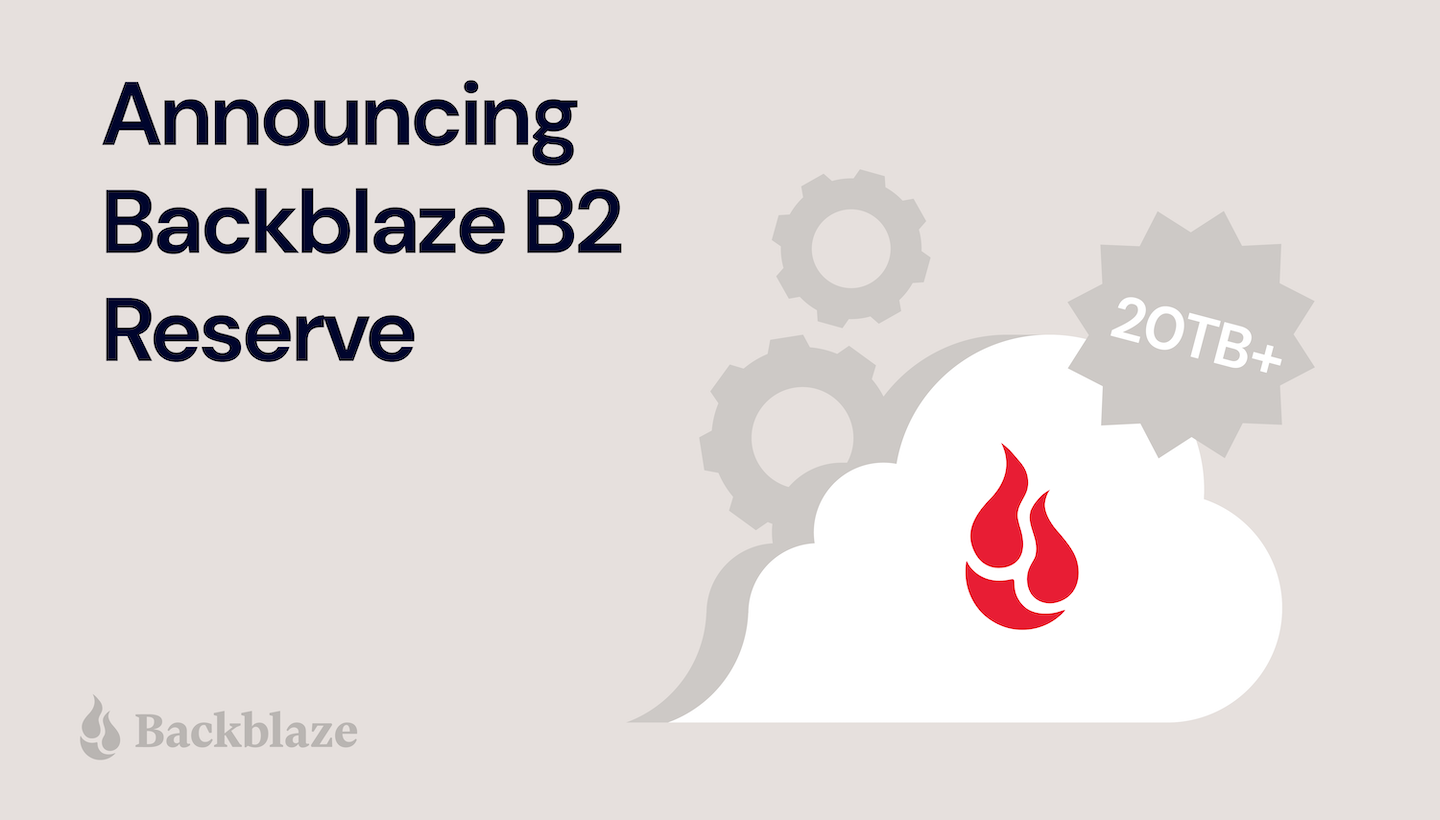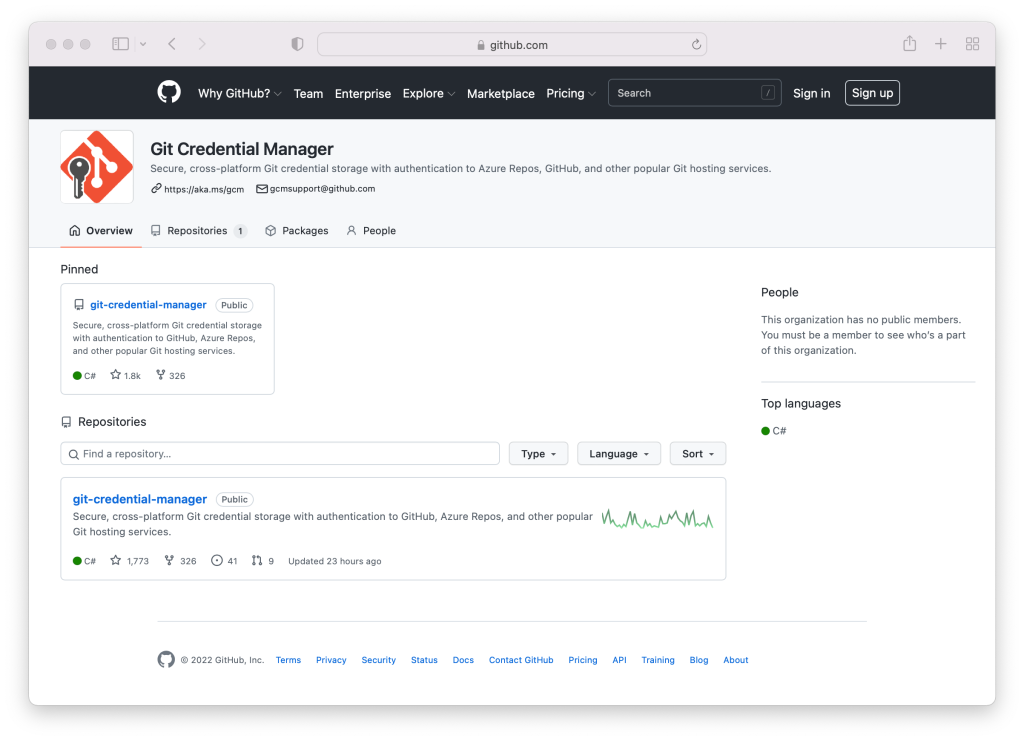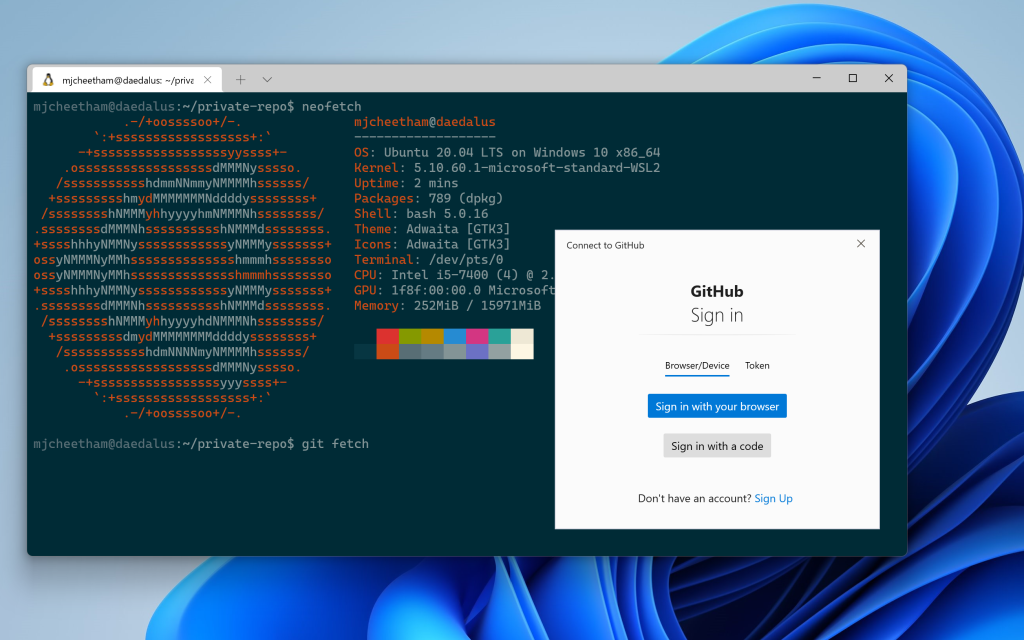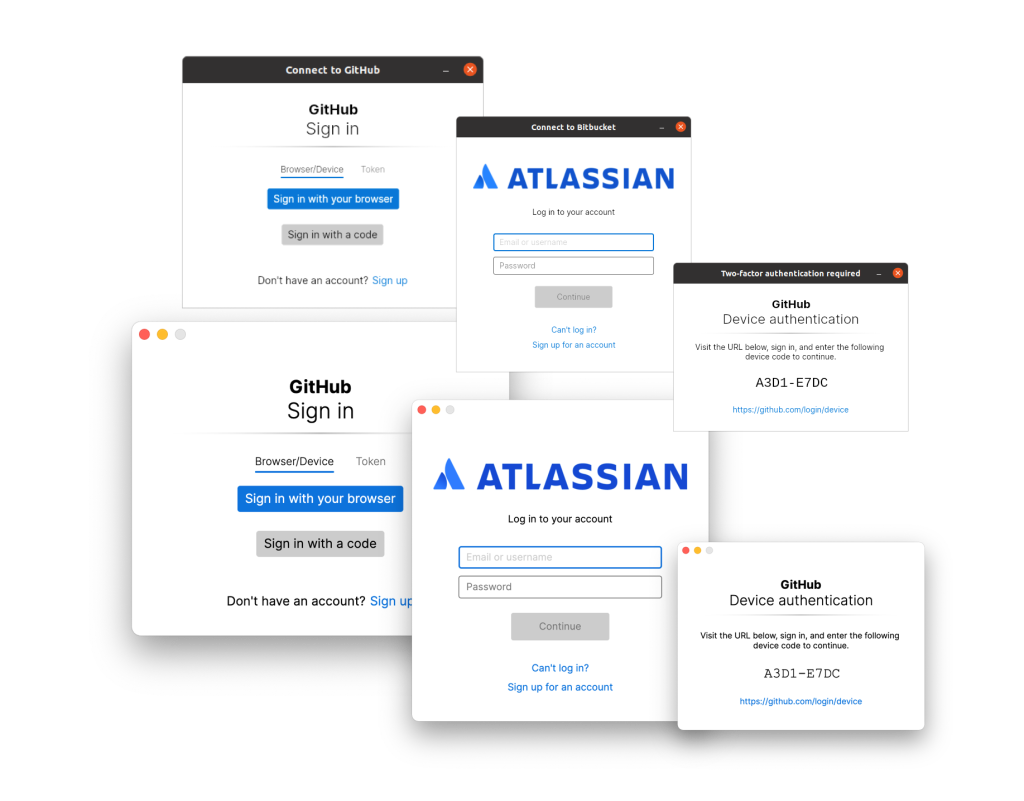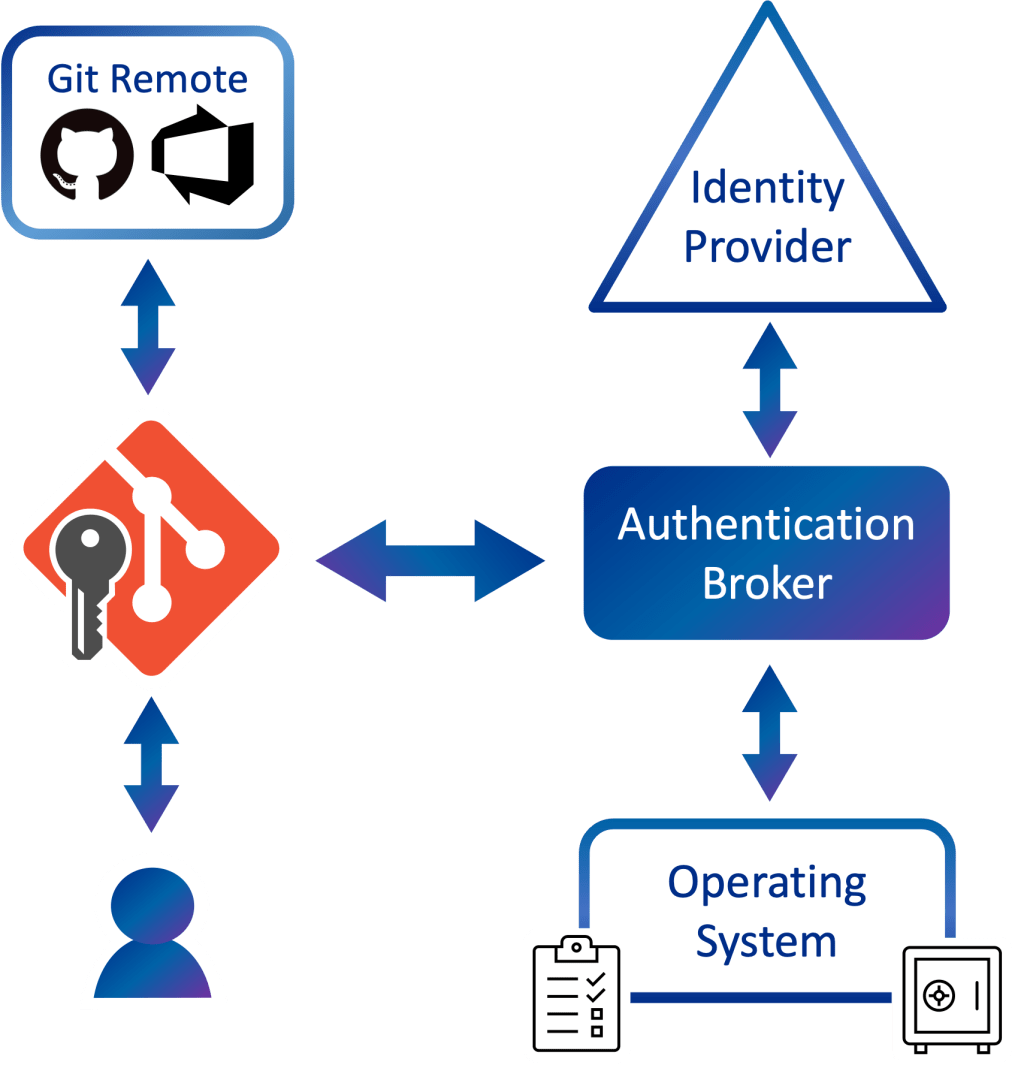Post Syndicated from Венелина Попова original https://toest.bg/ekaterina-boncheva-interview/
Екатерина Бончева е журналистка, в периода 1992–2006 г. води политически предавания в радиостанциите „Свободна Европа“ и „Нова Европа“ и в телевизия „Европа“. През 2007 г. е избрана от Народното събрание за член на Комисията по досиетата, в чийто състав е и досега. По повод приетите наскоро промени в Закона за досиетата Венелина Попова разговаря с Екатерина Бончева за ролята на Държавна сигурност в Българския преход, за несъстоялата се лустрация и резултатите от това, за мръсните тайни на бившия режим и за мрежата на репресивните му служби, обхванала цялата държава.
С приетите на първо четене промени в Закона за досиетата, принадлежността към Държавна сигурност на лица, които кандидатстват за публична длъжност, ще се обявява всеки път. Такава беше и нормата на закона до 2021 г., когато Върховният административен съд излезе с решение, според което Комисията по досиетата няма компетентност да обявява втори път вече установена и обявена принадлежност към ДС. Какво е значението на тази поправка?
Петнайсет години след началото на прилагането на закона ВАС се опита с тази противоречива практика фактически да цензурира дейността на Комисията и да ограничи правото на хората да получават информация от обществена значимост. Казвам „противоречива практика“, защото този проблем се появи някак неочаквано, и то при един точно определен състав на ВАС.
След като десет години имаше последователна съдебна практика да се спазва този текст от закона, който гласи, че едно лице, което е на публична длъжност или извършва публична дейност, се обявява толкова пъти, колкото различни позиции заема то, ВАС се опита за осакати закона. Той прегази едно решение на Конституционния съд, което ни задължаваше да обявяваме лицата по начина, определен в закона. Има и друго решение – на Европейския съд по правата на човека от 15 февруари 2017 г. по делото „Анчев срещу България“. То потвърди десетгодишната практика на Комисията, че лицата с установена принадлежност към ДС подлежат на проверка и публично осветяване всеки път, когато попадат в задължителната норма на закона, независимо дали има, или няма нови доказателства за тях.
Ето един много показателен пример: „честният“ частник Валентин Моллов, собственик на Първа частна банка, е обявяван като кредитен милионер от Комисията по досиетата 13 пъти. Има ли значение дали ще покажем един път колко пари е окрал и не е върнал на държавата, образно казано, или 13 пъти? Необезпечените кредити от банките, които е вземал, са нашите пари. Аз се надявам парламентът да потвърди на второ четене приетите в сряда поправки в закона, иначе гражданите щяха да знаят, че Моллов е взел пари без обезпечение само от една банка. То и от една банка да вземеш кредит, който после не връщаш, е престъпление, представете си какво е от 13 банки. Велизар Енчев сме го обявявали 17 пъти, Красимир Каракачанов – 13 пъти. Става дума за хора, които формират политики и имат обвързаност по някакъв начин.
Поправката връща справедливостта на закона. Но защо според Вас три десетилетия не се събра достатъчно политическа и законодателна воля да се приемат лустрационни текстове в закона, които да спрат инфилтрирането на бивши щатни служители на ДС и на тяхната агентура във всички публични сфери?
След толкова години аз вече мисля, че не ставаше дума толкова за воля, колкото за желание този оздравителен процес, наречен „лустрация“, да бъде задействан и в България. Не искам да генерализирам нещата и трябва да кажа, че в началото на Прехода депутати от СДС внесоха такъв законопроект в парламента. Тогава президентът Петър Стоянов се опита да убеди парламентарната група, че лустрация не трябва да има, защото ще ни попречи да привлечем комунистите на своя страна. Въпреки това президентът подписа закона, но Конституционният съд, в който имаше доста лица с агентурно минало, го „поряза“. В мандата на президента Росен Плевнелиев аз отново поставих въпроса за лустрацията и тогава той ми каза: „Катя, има решение на КС.“ Така е, но всяко решение на КС може да бъде прегласувано и променено, не казвам заобиколено. Връщам се към тези събития, които подкрепят тезата ми, че политическата ни класа нямаше желание да скъса пъпната си връв с комунистическия режим.
Съпротивата срещу разкриването на архивите на ДС в България е огромна, особено в средите на БСП, и продължава през всичките години на Прехода и до днес. Видяхме в сряда кои групи гласуваха против внесените от „Демократична България“ промени в Закона за досиетата. Колко пъти през тези години имаше опити за затваряне на достъпа до архивите на ДС и за закриване на Комисията по досиетата, която започна работа през 2007 г.?
Тринайсет опита имаше за закриване на Комисията или за саботиране на нейната дейност през всичките тези години. Що се отнася до затварянето на архивите, Симеон Сакскобургготски чрез едно изменение и допълнение на Закона за класифицираната информация закри тогавашната Комисия по досиетата с председател Методи Андреев. Но след това под вътрешен и външен натиск, най-вече от ЕС, беше създадена нашата комисия. Тя също не живя безметежно, защото имаше множество опити да бъде саботирана, осакатена и дори закрита – слава богу, до този момент винаги са били неуспешни.
За петнайсет години успя ли Комисията да събере архивите от всички ведомства и да ги прочете? И съдействаха ли ви службите и институциите с предоставянето на информация, както изисква законът?
Ако използваме българската поговорка, ще отговоря „со кротце, со благо и со малко кьотек“, макар че мина без пердах. Истината е, че не всички служби предадоха с желание своите архиви, но тъй като по закон са задължени да го направят, успяхме да съберем този огромен архив в Комисията. Единствените документи, които все още не са при нас, са тези на Военния архив във Велико Търново. Разбира се, имаме проблеми и с Българската православна църква и нейния висш клир, който в лицето на сегашния патриарх отказва да ни предостави списъци с имена на служители, които подлежат на проверка. Така че аз не знам къде е вярата в България…
Да, БПЦ беше една от първите превзети от ДС институции, а свещениците, които са отказвали да сътрудничат, са били подлагани на нечовешки издевателства. Подобно репресивно отношение е имала тоталитарната държава и към останалите деноминации у нас.
Така е. Разклоненията на ДС са като ракови образувания в тялото на България. А някои от тях са все още живи клетки.
Можем ли да предположим каква част от досиетата е била унищожена от ДС преди и след 10 ноември 1989 г. и можем ли без тях да подредим пъзела, наречен Български преход? Всъщност като човек, който е прочел много от мръсните тайни на бившия режим, можете ли да кажете до каква степен Преходът у нас беше зависим от ДС?
Не мога да се ангажирам с точна цифра относно унищожените досиета, някои казват, че са около 40%. Но със сигурност мога да посоча, че до този момент в нашия архив на хартиен носител се намират около 15 км документи и 2,5 млн. регистрационни картона, които са най-ясното доказателство за принадлежност към ДС. Обявили сме над 20 000 сътрудници и вече имаме 2,6 млн. страници дигитализирани документи. Всичко това ни дава ясна картина за какво става дума и възможност да си представим образа на ДС, която, разбира се, е била изцяло подчинена на БКП, на Съветския съюз и на братовчедите от КГБ. Така че пъзелът е подреден, остават някои детайли, но каквито и други документи да дойдат при нас, едва ли ще се промени представата за тази зловеща машина за следене, преследване и репресии.
От статистиката, която посочвате, излиза, че едва ли не всеки трети пълнолетен българин по време на режима на Тодор Живков е бил свързан с ДС – или като щатен служител, или като агент.
Не съм силна в математиката, но мога да кажа, че лицата, които нашата комисия обявява по закон – такива, които са заемали публични длъжности, или хората, вземащи решения и определящи политиките в България, – са само горният, видимият пласт на айсберга. За тези надолу, които не подлежат на проверка, не знаем нищо. Но вярвайте ми, почти всеки около себе си има човек, свързан със службите. Искам да подчертая, че агентите, които са били вербувани след 9 септември 1944 г. с натиск, заплахи за живота, затвори, лагери, също са били жертви на службите. Но те са един малък процент от агентурата на ДС.
Не отговорихте на въпроса ми: щеше ли да изглежда Преходът по друг начин без активната роля на ДС?
Категорично. Обвързаностите на Държавна сигурност (макар и не във вида, в който е съществувала) с политиката, бизнеса, медиите и пр. са много ясни. Затова казвам, че една от най-големите грешки на Прехода е липсата на лустрация. Днес нямаше да водим този разговор, ако тя се беше състояла в България, и то още в самото начало на т.нар. Преход. Затова е и толкова важен Законът за досиетата, защото показва кой кой е в държавата. Когато се проследи кариерното развитие на един човек, заемащ високи публични позиции и свързан с ДС, както и хората, с които се заобикаля, се разбира каква мрежа представляват все още остатъците от комунистическите тайни служби.
Не останаха ли щатните офицери в ДС пощадени от заклеймяване и в сянката на агентурата, част от която сама е жертва на тези служби? И трябваше ли да има различен подход в обявяването на агентурата на политическата полиция и на хората, работили в разузнавателните служби на комунистическата държава, за какъвто настояваха някои?
Митът, че политическата полиция е била само в Шести отдел на ДС, е една от опорните точки на самите служби. Ако говорим за щатните служители и за сътрудници в различните битности, в закона те са равнопоставени. Но медийно и публично документите на агентите са по-интересни, защото в тях има лични истории. Докато документите на щатните служители представят само кариерното им развитие. Но ако то бъде проследено и ако се погледне като цяло кои хора са ставали офицери и служители в ДС, ще станат ясни самите принципи на тези служби. В книгата на Момчил Методиев и Мария Дерменджиева „Държавна сигурност – предимство по наследство“ те са показани много добре. Тогава ще се проникне дълбоко и във връзките на ДС с КГБ.
Да, но ние продължаваме да не знаем агентурата на КГБ у нас.
Да, не знаем агентурата на КГБ, но знаем (и това винаги излиза в решенията на Комисията) школите, в които са били изпращани служителите на Първо главно управление – тези на ГРУ, на КГБ, които са били 10-месечни и повече. Това е също една нишка, по която тази агентура може да бъде проследена.
Трябва ли да продължи да съществува Комисията по досиетата и с какви правомощия? И среща ли обществена и политическа подкрепа идеята, която с Вас лансираме от години – за създаването на Институт за национална памет, каквито има в повечето страни от бившия Съветски блок?
Най-логичното развитие на дейността на Комисията е превръщането ѝ в Институт за национална памет и това е не само мое желание, а и на цялата Комисия. В него може да има примерно два департамента – един, който да се занимава с научноизследователска и популяризаторска дейност, каквато ние и досега извършваме, но не в такъв обем, и друг, който да продължи с проверката и обявяването на хората, свързани с ДС и военното разузнаване.
За съжаление, не съм оптимист, че това може да се случи в мандата на този парламент, макар че има четири законопроекта, които съм изпратила и на депутати от ДБ. При тази конфигурация в Народното събрание няма да се събере политическа воля за подкрепа на такъв проект. Но нов състав на Комисията така или иначе ще има. Въпросът е хората, които ще дойдат след нас, да имат същото отношение и същата мотивация, каквито имаме ние към ДС и към архивите на бившите тайни комунистически служби през тези 15 години. Резултатът от нашия труд са всички публикувани документи, 55-те сборника и цялата информация, предоставена на журналисти и анализатори. Този труд не бива да бъде похабен и напразен. Ето, виждате, че дори и днес във всеки политически скандал излиза ДС.
Заглавна снимка: © Светла Енчева
Източник

